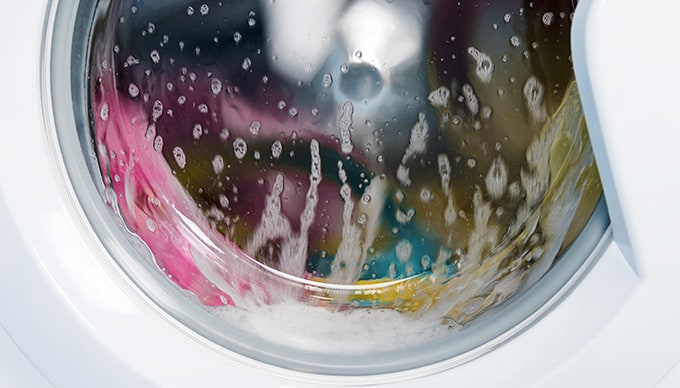
Our direct engagement with policymakers and other advocates advances clean energy, protects air, land, water, and wildlife-and sustains the lives and livelihoods of people in the West.

We respect the different needs of diverse communities and partner with them to develop a shared vision for progress-one that advances our communities while protecting biodiversity. Encouraging EV owners to charge their vehicles during “off-peak hours” (when there is least stress on the grid due to fewer customers using power) helps keep our electricity prices low and our electricity service reliable.
#Rocky mountain power refrigerator rebate how to
Rocky Mountain Power’s Time of Use pilot project for EV owners is hoping to better understand how to incentivize EV owners to charge their vehicles overnight, when the utility system has plenty of unused and inexpensive power to offer.While $200 may not sound like a lot, it can go a long way toward offsetting the price of buying an EV charger for your home or paying for the cost of charging your EV. Rocky Mountain Power’s EV Pilot Program would offer a $200 incentive for EV owners who agree to participate in a Time of Use rate design pilot (more on that below).To help get more EVs on the road, Rocky Mountain Power is proposing to roll out $10 million in EV-focused incentives over the next five years, all under the umbrella of its “EV Pilot Program.” If approved by Utah’s Public Service Commission, here’s the scoop on what would happen: Range anxiety is the fear that your car will run out of “juice” before you reach your destination. There are two things we need to overcome to increase the number of clean EVs on the road: (1) the cost of purchasing an EV (which tends to be higher than traditional vehicles), and (2) range anxiety. The challenge, however, is getting most everyone to drive one. These battery powered vehicles are charged by electricity, and because EVs don’t require a typical gasoline engine, they can vastly improve Utah’s air quality. If you’re going to drive anyway, why not drive “cleaner?” An increasingly popular option is owning a plug-in electric vehicle (PEV or EV, for short). Image courtesy of University of Utah Sustainability Office. Student Warren Beecroft secured nearly $12,000 in funding from the University of Utah Sustainable Campus Initiative Fund to make these masks available to fellow students. However, these options may not work for everyone all the time.Ī University of Utah student sports a Utah-branded reusable filtration mask. Taking the bus (or another form of public transit), carpooling, or walking will all help clean up our air. According to the State of Utah, approximately 57% of our pollution sources are from traditional mobile sources – i.e., the gasoline-fueled cars, trucks, and SUVs we drive every day, as well as air traffic, construction equipment, and other “non road” vehicles.

While wearing an air filtration mask during particularly bad air quality days here in Utah can help in the interim, it’s certainly not a long-term solution. Face masks are becoming so common in Utah that even the University of Utah is offering “Ute” branded face masks for its students.īut despite the bad news about Utah’s air quality, the good news is that we can do something about it. But you don’t have to venture all the way to Beijing to find these face masks. You might be familiar with pictures in the media showing residents in Beijing wearing face masks to shield their lungs from China’s notoriously bad air pollution.


 0 kommentar(er)
0 kommentar(er)
